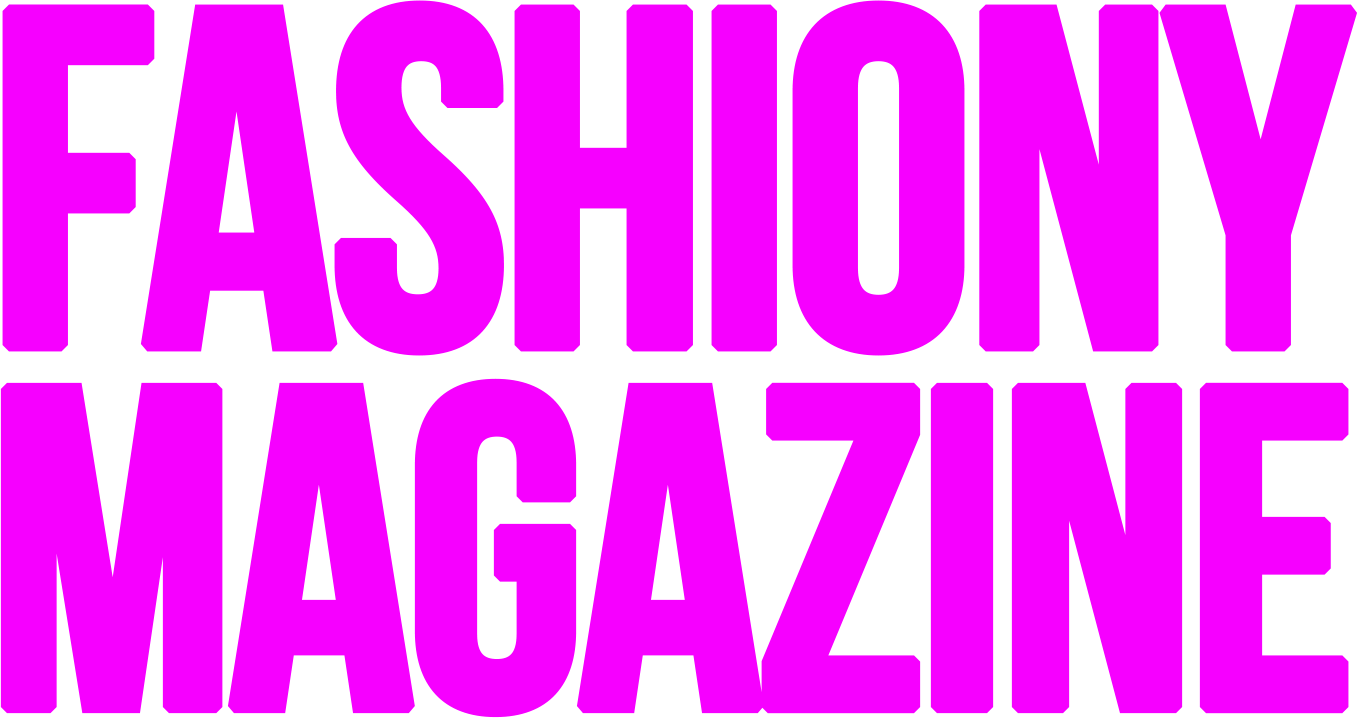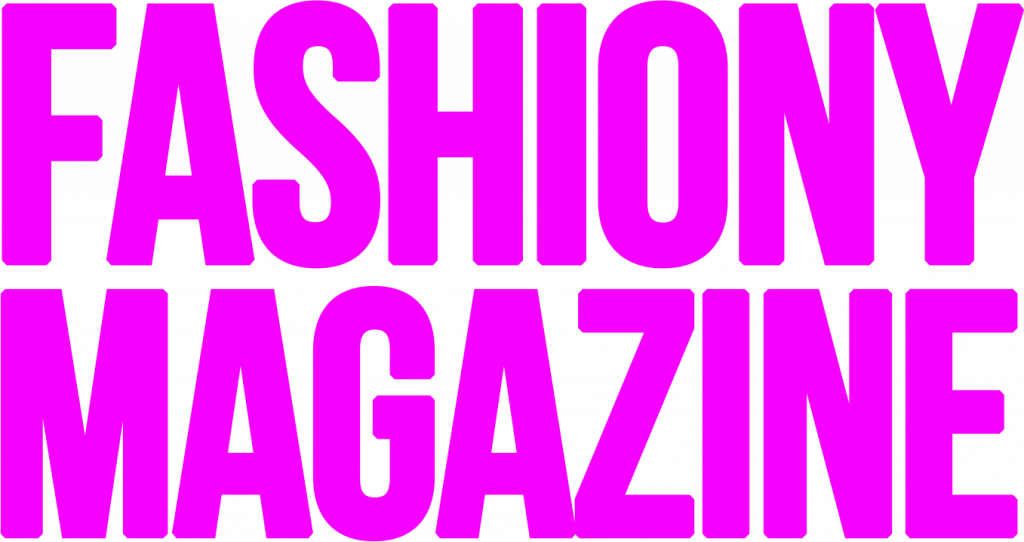90s TV Stars: The Forgotten Icons Who Touched Our Lives
The 1990s was a golden era for television, spawning series that defined a generation. But what about the stars who brought these shows to life? In this nostalgia-filled journey, we reacquaint ourselves with the TV icons of the 90s who, though forgotten, played a significant role in our lives. Jaleel White – Steve Urkel in ‚Family Matters‘ Jaleel White became a household name as the lovable nerd Steve Urkel in ‚Family Matters‘. With his high-pitched voice, classic catchphrase „Did I do that?“, and iconic glasses, Urkel was the epitome of 90s TV quirkiness. Post-‚Family Matters‘, White has continued acting, though none of his roles have matched Urkel’s fame. Danielle Fishel – Topanga Lawrence in ‚Boy Meets World‘ Danielle Fishel captured hearts as the intelligent and compassionate Topanga Lawrence in ‚Boy Meets World‘. She was the perfect counterpart to Cory Matthews, representing the ideal 90s girlfriend. Fishel reprised her role in the sequel series ‚Girl Meets World‘ and remains active in the entertainment industry. Jonathan Taylor Thomas – Randy Taylor in ‚Home Improvement‘ Known for his role as Randy Taylor on ‚Home Improvement‘, Jonathan Taylor Thomas was the 90s teen heartthrob. His witty and charming performance made him a fan favorite. Thomas took a break from acting to focus on his education but has made occasional TV appearances since. Tatyana Ali – Ashley Banks in ‚The Fresh Prince of Bel-Air‘ Tatyana Ali played the adorable Ashley Banks in ‚The Fresh Prince of Bel-Air‘. She was not only known for her acting but also showcased her singing talents on the show. Ali has continued her acting career with roles in various TV shows and movies. Lark Voorhies – Lisa Turtle in ‚Saved by the Bell‘ Lark Voorhies, as the fashion-forward Lisa Turtle in ‚Saved by the Bell‘, set trends and was a style icon of the 90s. Post ‚Saved by the Bell‘, Voorhies has appeared in several soap operas and written a book. Conclusion These stars were more than just actors on a screen; they were a part of our childhood and teenage years, influencing our culture and memories. While some have continued in the limelight, others have taken different paths, but their contributions to 90s television remain unforgettable. https://youtu.be/w6x3qLdtZS0?si=pep4usitkP0qzwhI
Unlocking Your Child’s Potential: The Transformative Power of Martial Arts
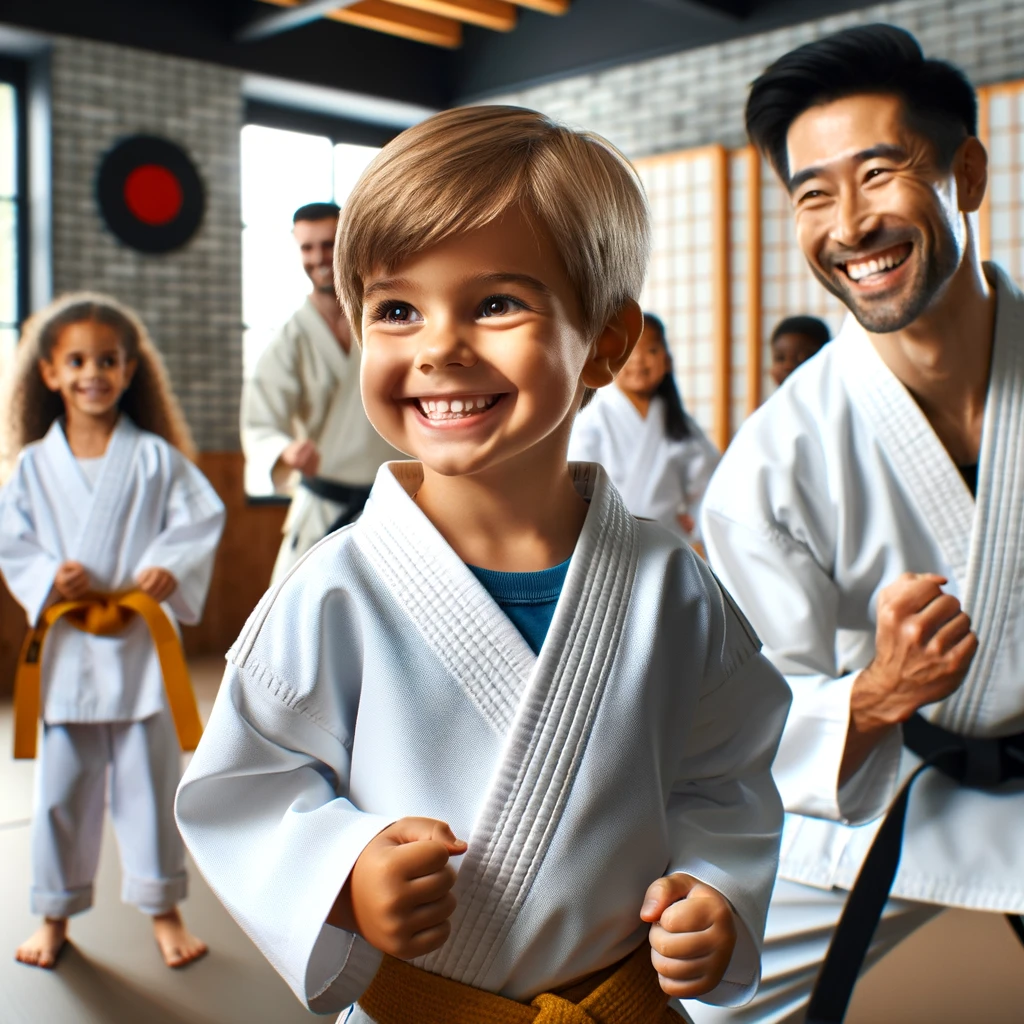
As parents, we all desire to see our children thrive in every aspect of their lives. From social skills to physical health, mental wellness to mindset development, the journey towards holistic growth is multifaceted. Modern martial arts, rooted in rich traditional backgrounds, offer a unique and engaging pathway to this comprehensive development. In this deep dive, we explore how enrolling your child in martial arts classes can be a transformative decision, backed by expert opinions and real-life testimonials. A Balanced Fusion: Modern Techniques with Traditional Wisdom Martial arts are often perceived as purely physical activities. However, modern martial arts schools have evolved, blending vigorous physical training with the traditional principles of discipline, respect, and inner growth. This fusion creates a balanced learning environment, where physical prowess is matched with mental fortitude. Social Skills on the Mat: Building Relationships and Teamwork In the dojo, children learn to interact with peers and instructors in a structured yet nurturing environment. This interaction fosters essential social skills. Master Li, a renowned martial arts instructor with over 20 years of experience, shares, “I’ve seen shy children blossom into confident individuals who can work in a team and lead.” These classes become a microcosm of society, teaching children how to navigate and thrive in social settings. Physical Health: A Foundation for Life Martial arts provide a full-body workout that improves cardiovascular health, strength, flexibility, and coordination. Dr. Sarah Johnson, a pediatrician, notes, “Children engaged in martial arts show better physical health markers, including lower obesity rates, than their peers.” Regular training establishes lifelong habits of physical activity and health consciousness. Mental Health and Resilience: The Invisible Strength Training in martial arts is as much about mental endurance as it is about physical strength. It teaches children to face challenges, manage stress, and develop a resilient mindset. Psychologist Dr. Emily Roberts states, “Martial arts can be a powerful tool for children’s mental health, helping them develop coping mechanisms that last a lifetime.” The Mindset of a Champion: Beyond the Physical The philosophies embedded in martial arts training cultivate a growth mindset. Children learn the value of hard work, perseverance, and positive thinking. “It’s not just about winning or losing; it’s about the effort put in and learning from every experience,” says Coach David, a martial arts mentor. Real-Life Stories: Testimonials from Parents Anne, a mother of two, shares, “Since my son started martial arts, I’ve seen remarkable changes. He’s more disciplined, his grades have improved, and he’s happier at home.” These stories echo across families, highlighting the holistic benefits of martial arts. Conclusion: A Pathway to Holistic Development Modern martial arts classes offer more than physical training; they are a gateway to holistic development for children. As they learn kicks and punches, they also imbibe life skills that echo beyond the mats. For parents looking to empower their children with a well-rounded growth experience, martial arts present an invaluable opportunity. Are you ready to watch your child flourish in all aspects of life? Consider martial arts – where every class is a step towards personal greatness.
How to Make Your Caipirinha Right … and Variations
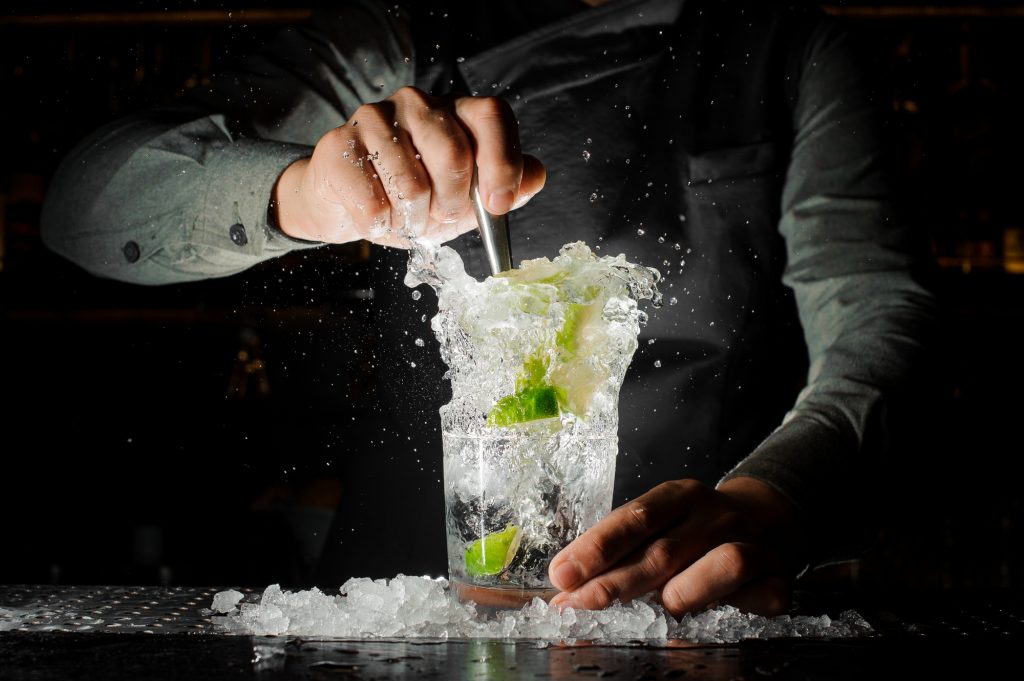
Delve into the art of Brazil’s national cocktail, the Caipirinha, and discover how to perfect the classic recipe and explore exciting variations. The origin of the Caipirinha, Brazil’s national cocktail, has an interesting history that intertwines with Brazilian culture and tradition. The Caipirinha (pronounced kai-pee-REEN-ya), which literally means „little countryside drink“ in Portuguese, is believed to have originated in São Paulo in the early 20th century. Initially, it was a popular remedy among the rural population (caipiras) for the Spanish flu. The original recipe included garlic and honey, combined with lime, sugar, and cachaça, a Brazilian spirit made from fermented sugarcane juice. Cachaça itself has a long history in Brazil, dating back to the 16th century. It was originally produced by slaves who worked on sugarcane plantations. Over time, cachaça became a popular drink in Brazilian culture, both among the working class and the elite. As for the Caipirinha, over the years, the medicinal ingredients (like garlic and honey) were dropped, leaving only the lime, sugar, and cachaça. This transformation also coincided with the cocktail’s growing popularity in urban areas and its eventual spread internationally. Today, the Caipirinha is enjoyed worldwide and is synonymous with Brazilian culture and festivity, often associated with Carnival and the vibrant beach culture of cities like Rio de Janeiro. The cocktail’s popularity has also led to numerous variations, incorporating different fruits and flavors, but the classic combination of lime, sugar, and cachaça remains the most beloved. The Classic Caipirinha Ingredients: 1 lime, 2 teaspoons of sugar, 2 ounces of cachaça, Ice cubes Method: Cut lime into wedges, muddle with sugar, add cachaça, shake/stir with ice, and serve garnished. Variations of Caipirinha Fruity Caipirinha Ingredients: Fresh fruit, lime, sugar, cachaça, ice cubes Method: Add muddled fresh fruit to the classic recipe for a sweet twist. Spicy Caipirinha Ingredients: Lime, sugar, cachaça, chili pepper, ice cubes Method: Include a slice of chili pepper for a fiery kick. Herb-Infused Caipirinha Ingredients: Lime, sugar, cachaça, fresh herbs, ice cubes Method: Muddle herbs with lime and sugar for aromatic depth. Tropical Caipirinha Ingredients: Lime, sugar, cachaça, tropical juice, ice cubes Method: Add a splash of tropical juice for a tropical twist. Aged Cachaça Caipirinha Ingredients: Lime, sugar, aged cachaça, ice cubes Method: Use aged cachaça for a smoother, complex flavor. Tips for the Perfect Caipirinha: Use quality cachaça, balance flavors, experiment with crushed ice and different ingredients. Quality Cachaça: The choice of cachaça significantly affects the drink’s quality. Opt for a premium brand. Balance of Flavors: The key to a great caipirinha is balancing the tartness of lime with the sweetness of sugar and the strong flavor of cachaça. Crushed Ice: Using crushed ice rather than cubes can make your drink more refreshing. Experiment: Don’t be afraid to experiment with different fruits, spices, and herbs to find your favorite variation.
The Origin of Heroin: From Medicine to the Most Evil Drug
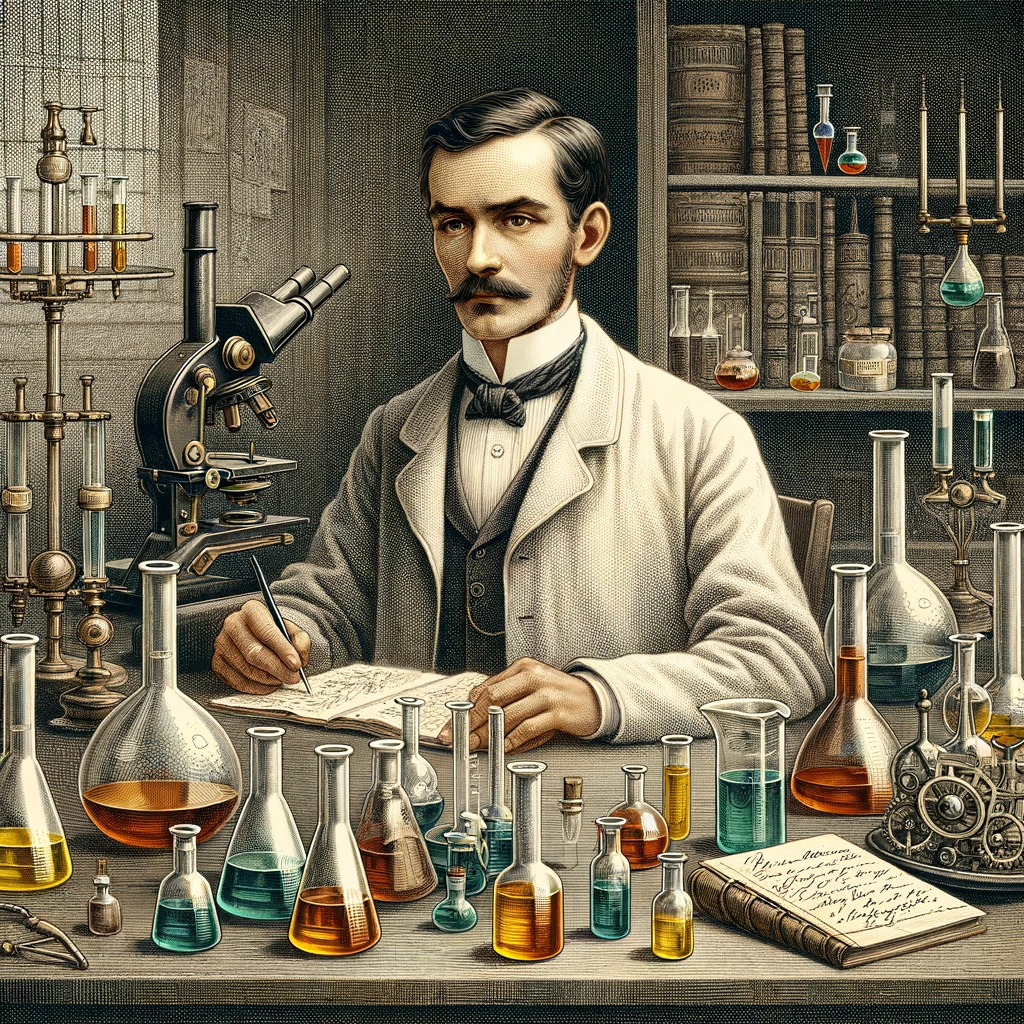
Heroin’s journey from a medical marvel to one of the most feared drugs in the world is a tale of scientific discovery, unintended consequences, and shifts in societal attitudes towards drug use and addiction. This article delves into the intricate history of heroin, tracing its origins and its evolution over time. Roots in Antiquity: The Opium Poppy The story of heroin begins with the opium poppy, Papaver somniferum. Cultivation of this plant dates back to the earliest years of human civilization, with opium use well known in ancient Mesopotamia. The Sumerians, who inhabited southern Mesopotamia, referred to the opium poppy as hul gil, or „the joy plant,“ around 3,400 B.C. This sets the stage for the long history of opium and its derivatives, including heroin. Morphine: The First Step Towards Heroin In 1803, the journey towards heroin took a significant turn when German scientist Friedrich Sertürner isolated morphine from opium. This powerful painkiller, ten times stronger than opium, became widely used, especially during the U.S. Civil War. However, the widespread use led to a high incidence of addiction, which spurred scientists to look for a less addictive alternative. In 1874, English chemist Alder Wright refined heroin from a morphine base, aiming to create a safer replacement for morphine. Heroin as Medicine: A Misguided Solution Initially, heroin was heralded as a medical breakthrough. In the 1890s, the German pharmaceutical company Bayer marketed heroin as a substitute for morphine and as a cough suppressant for children. However, this medical application led to a rapid increase in heroin addiction. By the early 1900s, the addictive properties of heroin had become apparent, leading to a drastic change in its perception and usage. Regulation and Illegalization: The Shift in Heroin’s Legal Status The growing concern over heroin addiction led to significant legal changes. The Harrison Narcotics Tax Act of 1914 in the U.S. imposed restrictions on the distribution and sale of opiates, including heroin. A decade later, the Anti-Heroin Act of 1924 made the production, import, and sale of heroin illegal. Heroin in the Modern World: A Recreational Drug Despite its illegal status, heroin found a new life as a recreational drug. It induces euphoria, but tolerance develops quickly, requiring increased doses to achieve the same effects. Its popularity among recreational drug users is attributed to its perceived different effects compared to morphine. Current Medical Use of Heroin: A Controversial Subject Today, the use of heroin, or diamorphine, in medicine is a contentious issue. In the United States, heroin is not accepted as medically useful. However, in the United Kingdom, it is prescribed as a strong pain medication for acute and chronic pain, including post-operative pain and terminal illnesses. It’s administered via various routes, including oral, subcutaneous, and intramuscular. Conclusion: Heroin’s Complex Legacy Heroin’s history is a complex interplay of scientific discovery, medical use, and recreational abuse. Its transition from a wonder drug to a notorious substance reflects the evolving understanding of drug addiction and the ongoing struggle to balance the benefits and dangers of opioid use.
TikTok Beauty Trends: The 2023 Sensations
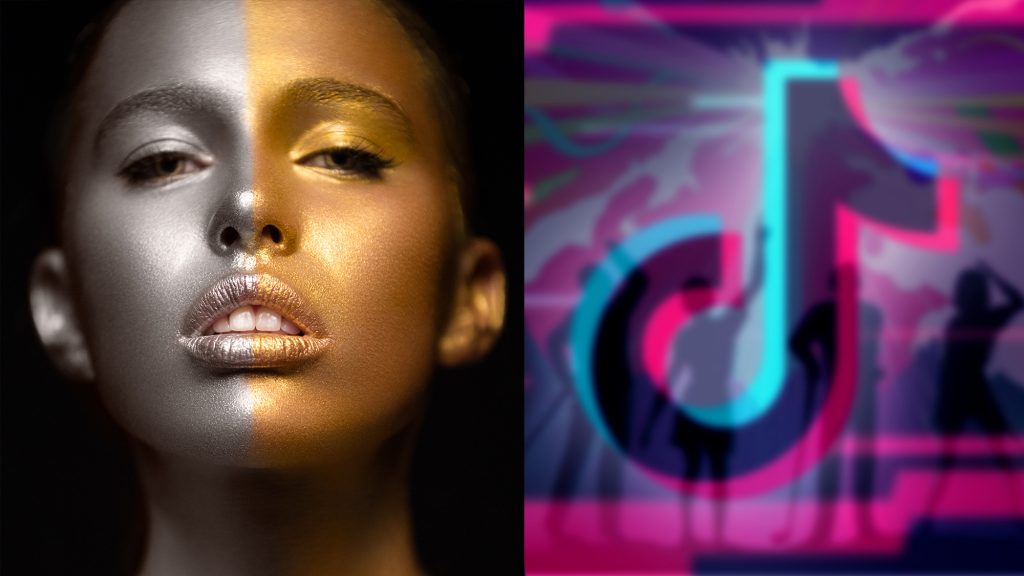
1. Underpainting: The Art of Luminous Makeup 2023 kicked off with a throwback to the ’90s, thanks to makeup artist Mary Phillips. She reintroduced underpainting, a technique involving pre-foundation contour and highlighter application, for a natural, structured glow. Inspired by Kevyn Aucoin’s iconic books, Phillips brought this minimalist approach to TikTok, revolutionizing modern makeup methods. 2. Quiet Luxury: Sophistication in Simplicity Originally a runway hit, quiet luxury soared on TikTok. This trend marries subtle elegance with classic styles, including understated blowouts, romantic buns, and creamy makeup hues. Paired with neutral manicures and chic hair accessories, quiet luxury defines timeless grace. 3. Skin Streaming vs. Skin Flooding: The Skincare Debate In skincare, TikTok sparked a debate between minimalism and maximalism. Skin streaming advocates for a streamlined, multitasking routine. Meanwhile, skin flooding focuses on layering hydrating products. Dermatologists support both, emphasizing the importance of catering to individual skin needs. 4. Latte Makeup: Summer Glow without the Sun Latte makeup, a term coined by Rachel Rigler and inspired by Tanielle Jai, became a 2023 favorite. This bronzed, sun-kissed aesthetic uses nude and brown palettes, offering a universal, sun-safe beauty option. 5. Fruit Girl Summer: Edible-Inspired Beauty The summer of 2023 was all about „tomato girl“ and „strawberry girl“ looks, driven by Hailey Bieber’s viral berry blush selfie. These fruit-inspired styles, complete with fresh, sun-touched makeup, dominated TikTok and influenced fashion and beauty campaigns. 6. Color Analysis: The Retro Revival Color analysis made a comeback, helping users discover the most flattering makeup and hair colors based on their natural tones. This resurgence, fueled by classic principles and modern celebrity colorists like Jenna Perry, underlines the enduring relevance of understanding one’s unique color palette. 7. Cowboy Copper: The Hair Color Phenomenon Cowboy copper took over TikTok with its rich blend of brunette and bronze. This warm hair color trend, evoking the rustic hues of the Wild West, demonstrated the impact of a compelling name and story in the beauty world.
The Fall of Harvard University: Claudine Gay, Wokeness, Plagiarism and Resignation
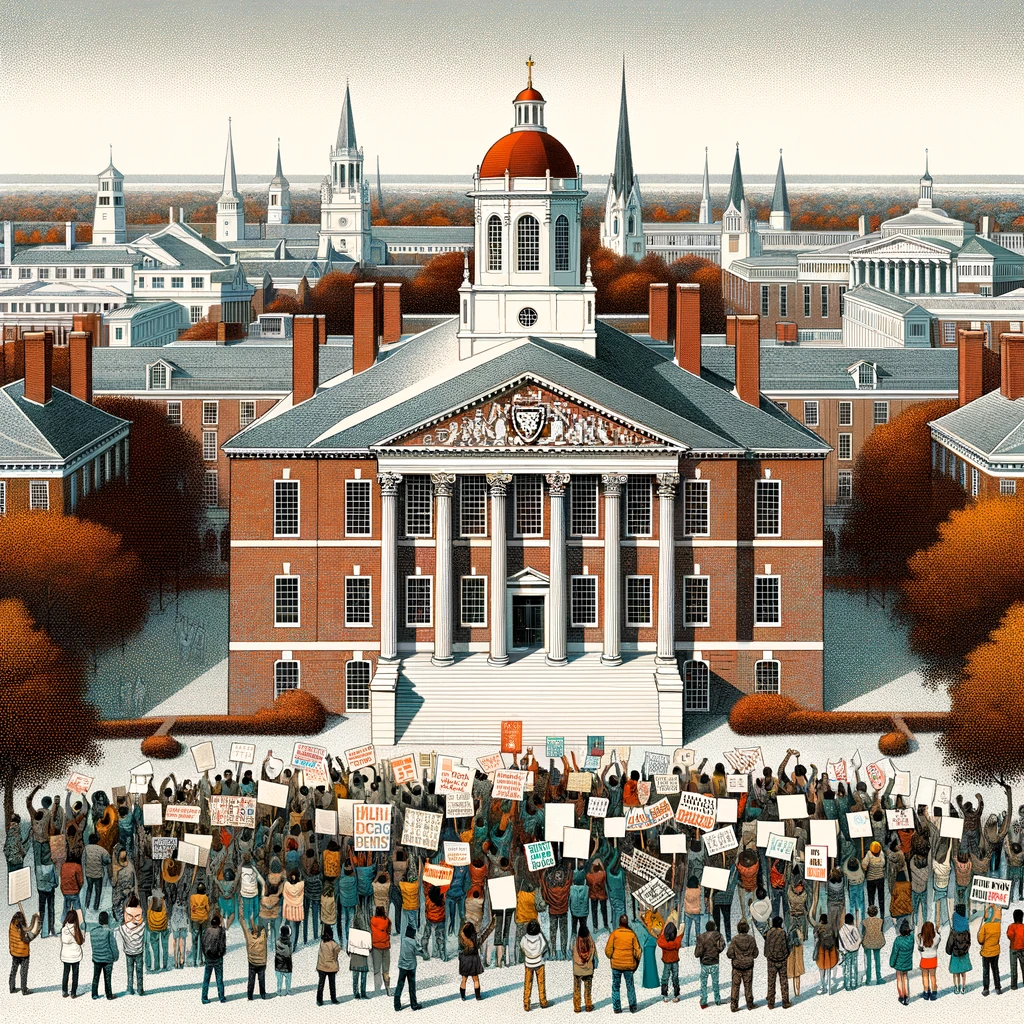
Harvard’s Historical Prestige and Leadership Challenges Harvard University, with its storied history of academic excellence, faced a significant leadership crisis with the resignation of its president, Claudine Gay. Her tenure, marked by controversies and accusations, has sparked discussions about academic integrity and institutional response to social issues. Harvard University, founded in 1636, has long been regarded as a pinnacle of academic excellence and elite education. Its reputation has been built on a history of scholarly achievements, notable alumni, and significant contributions to research and education. Harvard University, once renowned for its academic rigor, faces challenging times. The university’s embracing of ‚wokeness‘ and the leadership of figures like Claudine Gay have sparked intense debate. Adding to the complexity are allegations of plagiarism against Gay, further tarnishing the university’s image. Harvard has increasingly incorporated social and racial justice themes into its ethos. This ‚wokeness‘ is reflected in changes to curriculum, admissions, and campus culture. While some view this as a progressive step, others argue it compromises Harvard’s academic integrity. The Rise of Progressive Ideologies In recent years, Harvard, like many other academic institutions, has increasingly embraced progressive ideologies. This shift reflects a broader societal trend towards addressing social justice, diversity, and inclusion. The Concept of ‚Wokeness‘ The term ‚wokeness‘ has become a catch-all phrase for awareness and activism around social and political issues, particularly those related to race, gender, and inequality. It’s a term that has both positive connotations and negative criticisms. There are varying opinions on how Harvard’s alignment with progressive values has impacted its reputation. Some argue that it has led to a decline in academic rigor and freedom, while others believe it has made the institution more inclusive and socially responsible. Claudine Gay’s Resignation and Accusations Dr. Gay, Harvard’s first Black president and the second woman to hold the position, resigned amid a crisis involving plagiarism accusations and criticisms over her handling of antisemitism on campus. These controversies have led to questions about the university’s commitment to academic standards and its response to hate speech and violence. The Impact on Harvard’s Reputation The resignation and surrounding events have had a profound impact on Harvard’s reputation, raising concerns about the influence of political pressures on academic institutions and the challenges of navigating complex social issues in higher education. The Broader Context of University Leadership This situation at Harvard is not isolated. Similar challenges and leadership changes have been seen at other prestigious universities, reflecting a broader trend of increased scrutiny and pressure on academic leaders. Conclusion The resignation of Claudine Gay represents a critical moment for Harvard University, as it grapples with the challenges of upholding academic integrity, responding to social issues, and maintaining its reputation as a leading academic institution.
